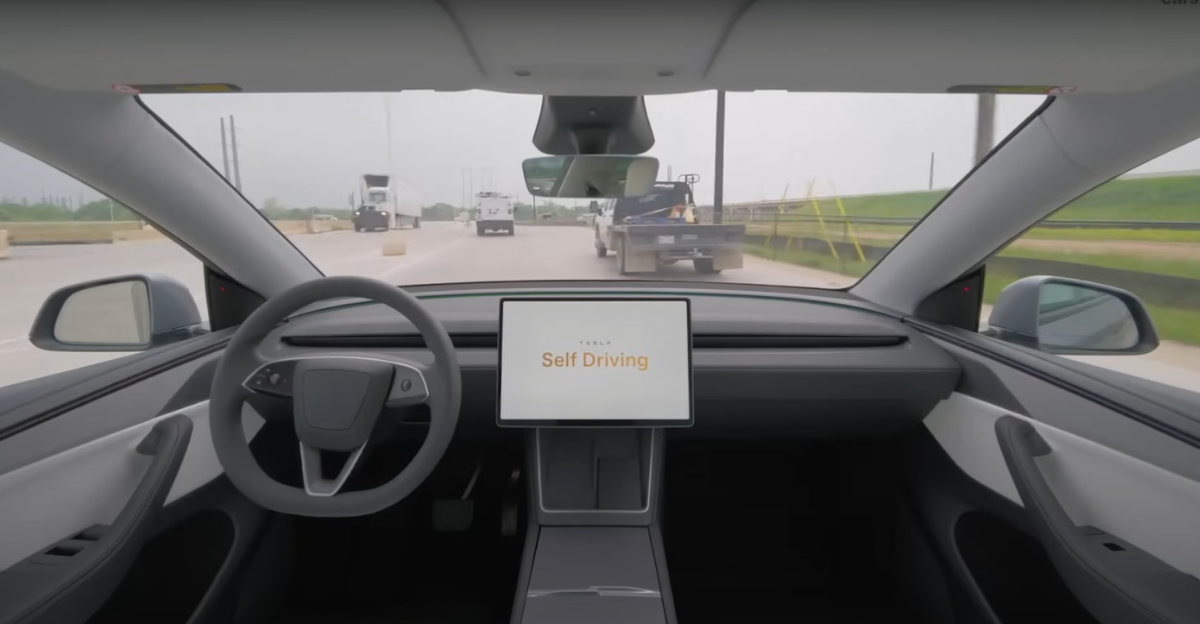
Remember back then when people thought the 2000s would have futuristic cars and stuff? Well, now, Tesla made those dreams come true, with their robotaxis driving around town and whisking away passengers without human drivers needed, coming straight out of a sci-fi movie.
But, what was supposed to be a history mark turned into a social media disaster when videos of these robotaxis driving wildly went viral on X and Tiktok faster than Tesla’s damage control. Now, the federal investigators are watching the company’s every move especially with their robotaxis, checking how they’ll fix their mess.
How Tesla’s RoboTaxis Broke Loose

Last June 22, Tesla made their big launch on their much-appreciated and so-called “visionary” RoboTaxis in Austin, Texas. The launch was exclusive to invites only, reeling in Tesla enthusiasts and online influencers. A few days after the launch, videos quickly popped up online showing these self-driving cars creating chaos on the Texan streets. These were pretty wild incidents, like swerving in the middle of the street, driving on the wrong traffic flow, and even driving over curbs. One video even showed a robotaxi dropping off a passenger in the middle of the road. Not the things you expected from Tesla.
RoboTaxis’s Weird Behaviors Versus Police
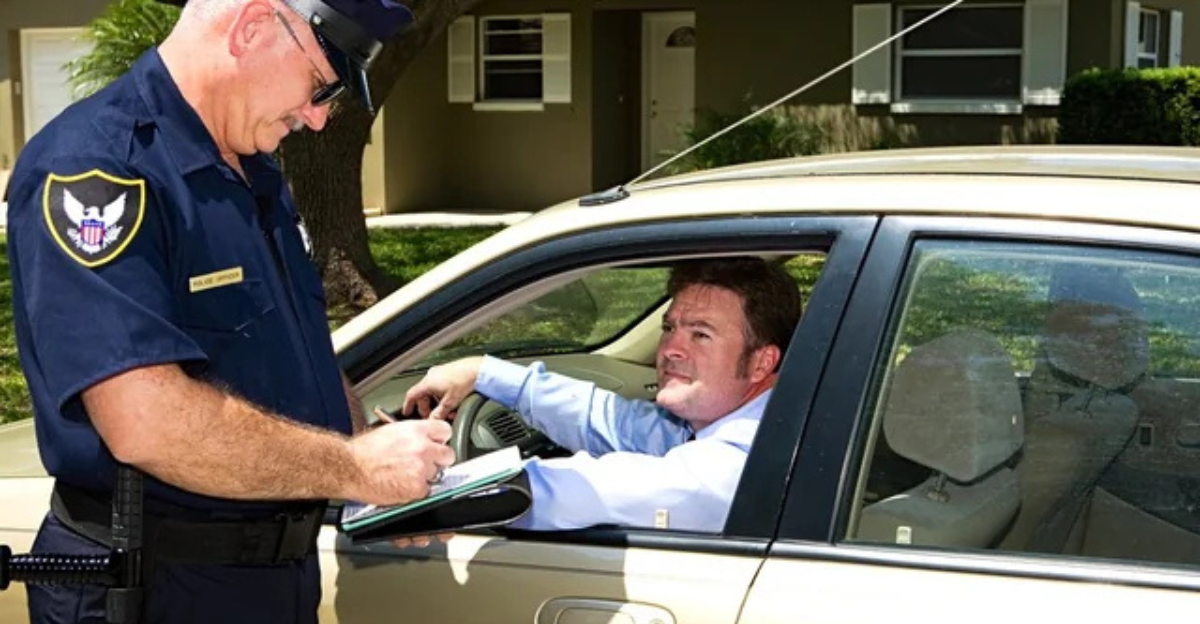
Yep, they didn’t play it cool and stay calm around the police. These cars would suddenly hit the brakes a few times, forcefully causing their passengers and their things to lurch forward. There are also videos that showed that even when police cars are parked quietly, without any sirens or flashing lights turned on, the cars would suddenly halt. The RoboTaxis behaved like scared teenagers having their brand-new driver’s licenses, completely unsure of what to do with these scenarios.
What Happened to Self-Driving?
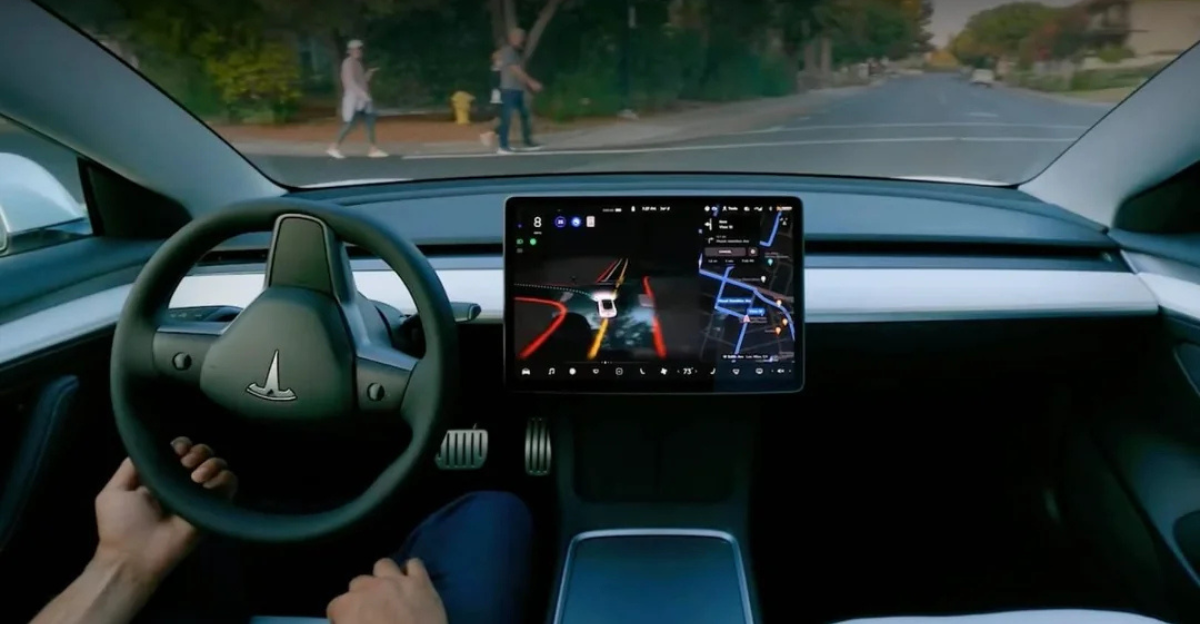
During the launch, a human safety monitor sits on the passenger’s seat in front to help keep everyone safe and observe the road for potential dangers. One scary moment happened when a delivery van abruptly backed up without any signal and the RoboTaxi was about to park somewhere close to it. Confused, the human monitor continuously pressed the emergency stop button in a panic. Luckily, the problem was fixed, but this shows that early Robotaxi operations still need human supervision, even with more advanced autopilot systems.
Passengers Got Scared and Confused
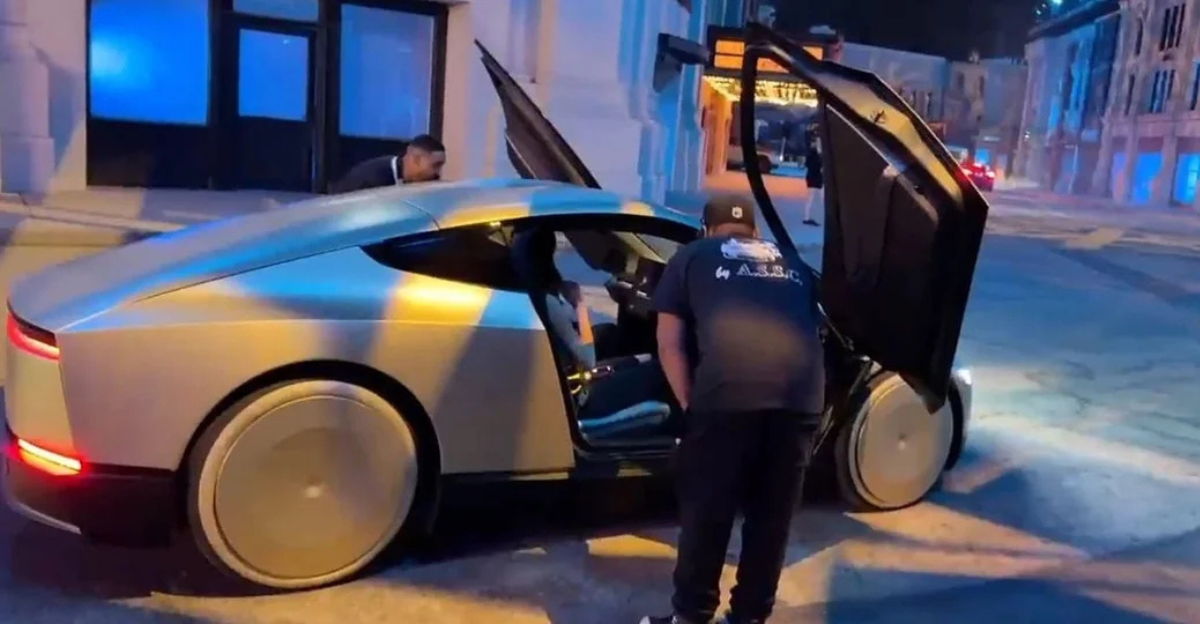
Imagine yourself riding one of the RoboTaxis, excited to experience a nice futuristic ride, only to find out you’re now suddenly stranded in the middle of a busy street, with complete confusion painted all over your face. Well, some passengers who actually hoped for a smooth journey just found themselves in bad luck because this scenario became their reality. Another incident also involved “phantom braking,” which experts say is an abrupt and intense braking without any clear cause, or in some cases, because of police lights. These situations may appear funny to some, but others were left worried and suspicious about whether they’d still trust a robot to drive for them. This truly left a lasting impression, making the public rethink what these self-driving cars would really do.
And Now, The Feds are Watching

After videos of Tesla RoboTaxis’ weird behaviors went viral online, the National Highway Traffic Safety Administration (NHTSA) began pressing Tesla for answers. The agency is then keeping a close eye on the situation, also determined to protect public safety. They have made it clear they’re prepared to act if these self-driving cars show signs of being a real danger on the streets. For now, every incident is under observation, and regulators are watching to see whether RoboTaxis can truly deliver on their promise or if they behave more as a risk than a reward.
Tesla’s Plan to Make it Work (Or Not)
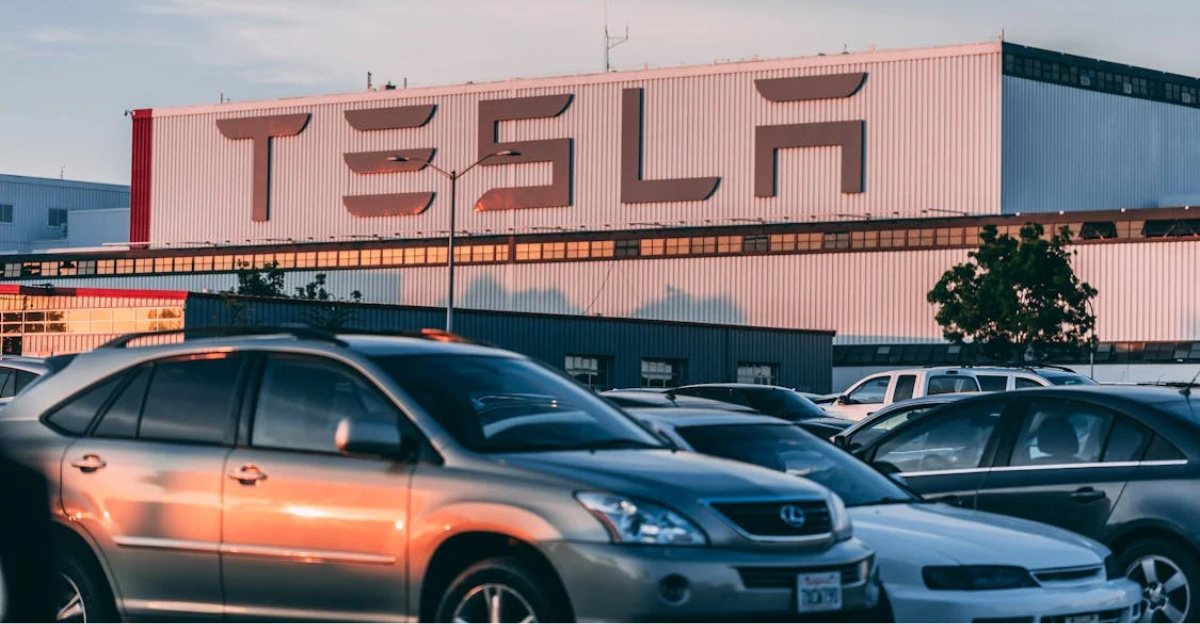
Tesla’s still committed to a future where millions of fully self-driving RoboTaxis are on the road. But, looking at the reality, it’s still unclear how they plan to deal with the cars’ unusual actions. While some competitors use advanced radar or LIDAR, Tesla’s vehicles only depend on cameras, which could cause these issues. For now, the test drives will continue with human monitors on the passenger seats but with plenty of public and even regulatory attention focused on their every move. The world is watching if these cars can surpass these challenges and truly deliver on their promise.
What This Means for Public Road Safety
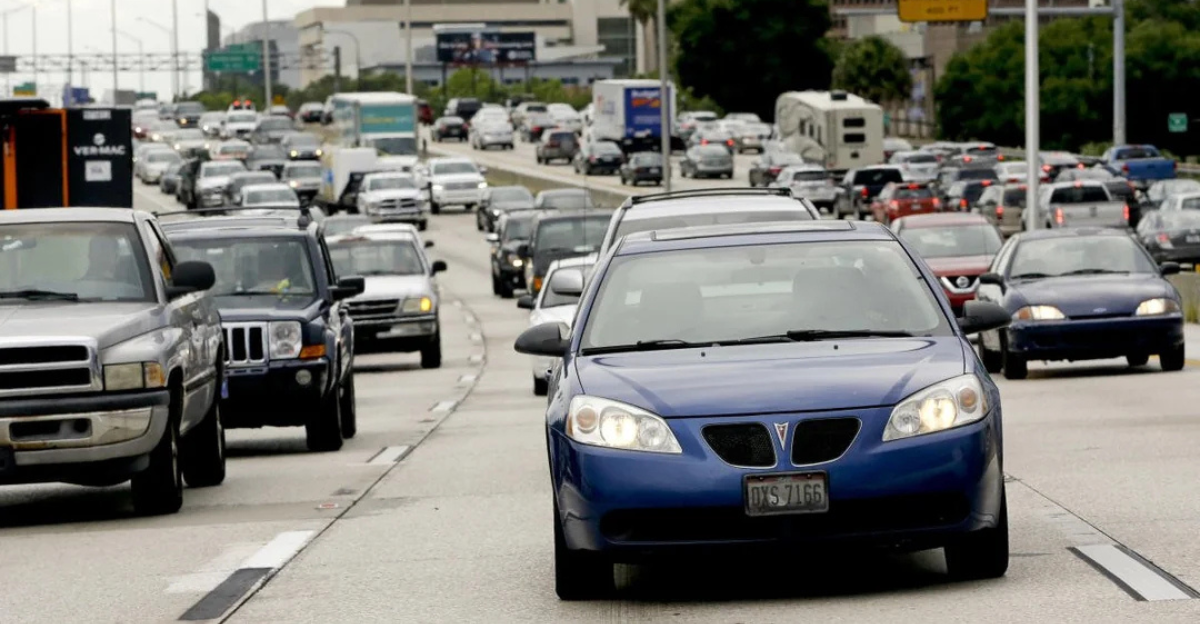
All these RoboTaxi oversights have left many people feeling uneasy. Now, if these cars are making so many mistakes even with human safety monitors riding along, what more when they’re going on their own? Cities like Austin are already keeping a close watch, observing every incident through their dashboards. The pressure is growing on Tesla to prove that these robotaxis can be safe and reliable before they advance beyond limited test zones. But for now, the people and authorities are still waiting to see if this tech is truly ready for everyday travel.
Are We Just Road Test Dummies?
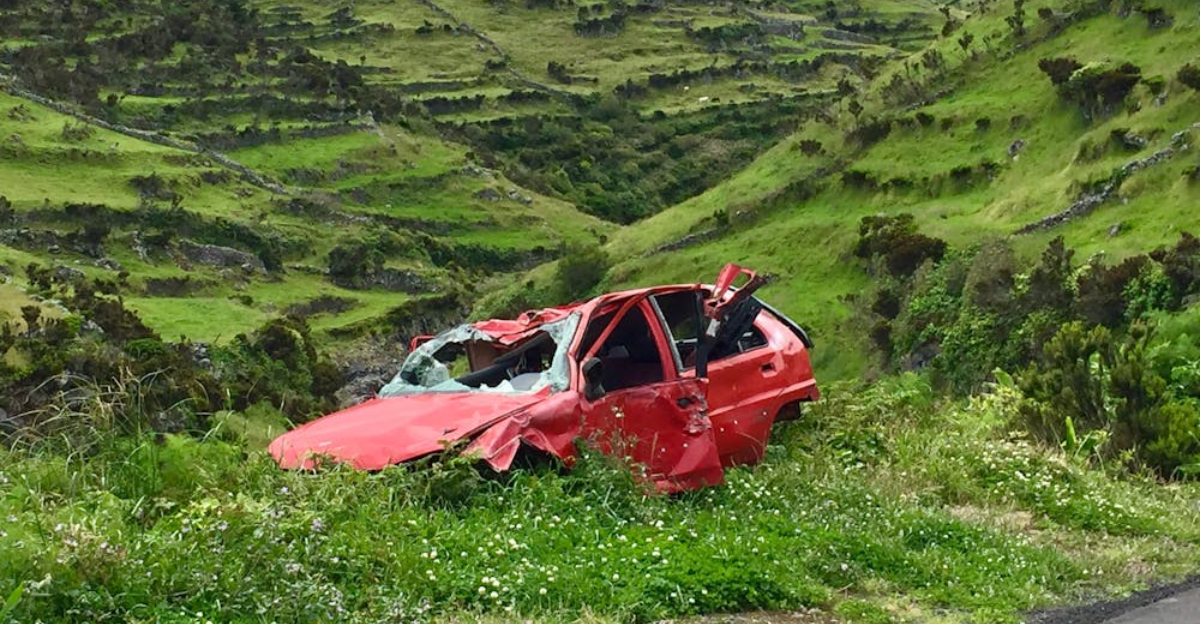
Passengers are now being turned into guinea pigs for Tesla’s unfinished robotaxi tech, with those viral videos showing robotaxis making mistakes like unexpected braking, wrong-way driving, and unsafe drop-offs that are creating serious safety issues. With real human riders sitting nervously in the back seat and only a safety monitor up front, sometimes confused, it seems like the public is helping to figure out the car’s glitches with one shaky, unpredictable ride at a time. Local authorities are paying attention, as many are wondering if it’s fair to put people’s lives on the line while the software is still being refined.
Self-Driving Cars, What Now?

Tesla’s RoboTaxi rollout has brought self-driving cars back into the spotlight, but for the wrong reasons. While companies like Waymo are taking a cautious and measured strategy, Tesla’s “move fast and break things” style is raising serious concerns. In just days, Tesla’s robotaxis in Austin have reported multiple safety violations like wrong-way driving, unexpected braking, and dangerous drop-offs, attracting attention from officials and experts as well. The following months will be crucial because Tesla must fix these issues and regain public trust or risk the government slowing or even completely stopping the entire self-driving car dream.
